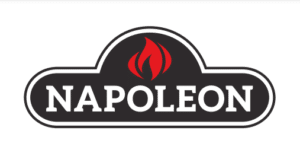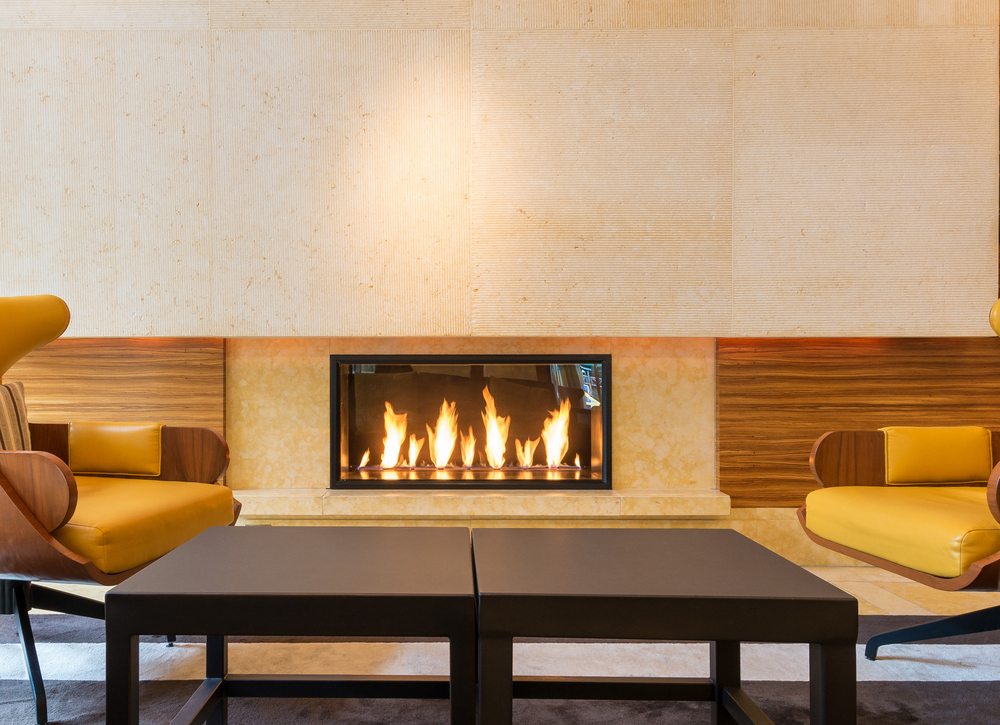When you’re considering a new fireplace or upgrading your current one, a term you may hear somewhat often is “non-combustible.” Generally used to describe the primary materials that make up your fireplace setup, non-combustible materials allow for excessive amounts of heat to be maintained without sustaining any damage — and as you can imagine, they’re very important for your fireplace.
At Comfort Solutions Fireplace, non-combustible materials are a common subject when discussing our fantastic fireplaces with our Utah clients, from modern gas fireplaces to traditional fireplaces, fireplace inserts and more. What exactly does this term mean, what is “combustible clearance” for your fireplace, and are there options out there that don’t require any such clearance? We’ll go over that and more in this two-part blog series.
Non-Combustible Fireplace Materials
As we touched on above, non-combustible fireplace materials refer to those that are capable of withstanding high levels of heat without sustaining any damage. Materials like sheet metal, cement board and tile are all examples of non-combustible materials that are commonly used in fireplace construction to ensure the safety of both the people who own them and their property.
With fireplace inserts, for example, there is a very important distinction between a “non-combustible fireplace” and a “direct-vent fireplace.” The former is capable of achieving its high temperatures without requiring any combustible clearance from the material around it, which means it doesn’t require a direct connection to the combustion air to achieve those temperatures. On the other hand, a direct-vent fireplace requires specific materials surrounding it to ensure its fires will not produce any contaminants that could prove dangerous.
Some examples of non-combustible fireplace materials include sheet metal, cement board, tile, stainless steel and cast iron. These are often very expensive when compared to materials like brick or concrete block, but offer superior safety ratings in the case of an accidental fire.
Why Non-Combustible Materials Are Needed
Fireplaces create significant heat, which means the materials surrounding them will be exposed to some pretty high temperatures. A gas fireplace insert in particular can reach up to 1800 degrees Fahrenheit when in use, which is significantly hotter than traditional fireplaces that only attain a maximum of 1500 degrees during use.
While these temperatures are not by any means hot enough to burn your house down in most cases, it’s still hot enough to significantly damage or warp non-combustible materials like sheet metal and wood-based materials. If you were to build a fireplace out of non-combustible materials but neglect to account for the appropriate clearance around it, your walls would be plagued with warping and cracks made worse by the heat exposure. With proper materials, though, these won’t be risks you have to worry about.
In part two of our series, we’ll go over “clearance” concepts that relate to this area, plus your options for limited or even zero-clearance fireplaces if desired. For more on this or any of our fireplace services in Utah, speak to the staff at Comfort Solutions Fireplace today.


